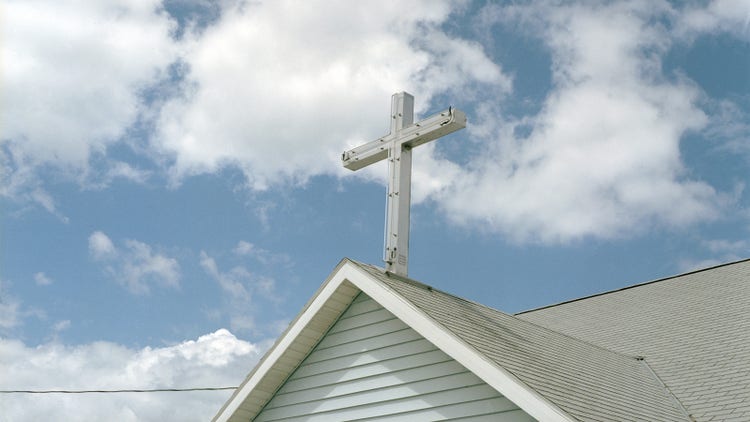
A staple in the civil rights movement, the Brown Chapel AME church is now listed as one of the nation’s “most endangered places.”
The historic edifice served as a safe place for civil rights activists during the 1960s and was where leaders and organizers met before Alabama state troopers attacked a group of demonstrators. It became a staple in the history of the nation during Bloody Sunday in 1965 at the Edmund Pettus Bridge.
Like most Black churches during the time, Brown Chapel AME Church locked its doors and shut down at the peak of the COVID-19 pandemic after it became unsafe to gather for worship.
When members returned to the very place that launched the voting rights movement in Selma, Alabama, they were met with a building that could no longer be occupied. From termites eating wood structures to water leaks and damaged walls, one member notes how the place filled with so much rich history was no longer stable.
“It’s in horrible shape,” said member Juanda Maxwell. “It’s a tough time. Because we were closed for a year it exacerbated the problem with water coming in.”
Not only is the structure of the building no longer stable, but the water leaks damaged the walls causing mold to grow in various parts of the building.
Now, according to the National Trust for Historic Preservation – a nonprofit based in the nation’s capital – the building tops the list of this year’s most endangered historic places. Maxwell, who belongs to a group of Brown Chapel members working to raise money for repairs, said that the cost sits at an estimated $4 million.
“Our goal is to try to receive over $3 million in grants to do the foundational work. After that we hope to get in more private donations,” Maxwell said.
While they can no longer gather in person, members are currently still holding church meetings online.